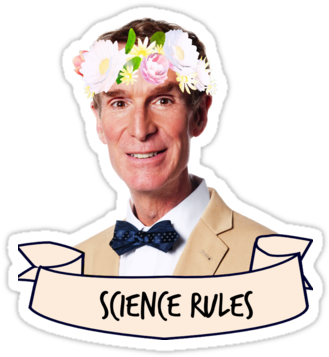this post was submitted on 07 Jun 2025
512 points (98.9% liked)
Science Memes
15015 readers
1914 users here now
Welcome to c/science_memes @ Mander.xyz!
A place for majestic STEMLORD peacocking, as well as memes about the realities of working in a lab.

Rules
- Don't throw mud. Behave like an intellectual and remember the human.
- Keep it rooted (on topic).
- No spam.
- Infographics welcome, get schooled.
This is a science community. We use the Dawkins definition of meme.
Research Committee
Other Mander Communities
Science and Research
Biology and Life Sciences
- !abiogenesis@mander.xyz
- !animal-behavior@mander.xyz
- !anthropology@mander.xyz
- !arachnology@mander.xyz
- !balconygardening@slrpnk.net
- !biodiversity@mander.xyz
- !biology@mander.xyz
- !biophysics@mander.xyz
- !botany@mander.xyz
- !ecology@mander.xyz
- !entomology@mander.xyz
- !fermentation@mander.xyz
- !herpetology@mander.xyz
- !houseplants@mander.xyz
- !medicine@mander.xyz
- !microscopy@mander.xyz
- !mycology@mander.xyz
- !nudibranchs@mander.xyz
- !nutrition@mander.xyz
- !palaeoecology@mander.xyz
- !palaeontology@mander.xyz
- !photosynthesis@mander.xyz
- !plantid@mander.xyz
- !plants@mander.xyz
- !reptiles and amphibians@mander.xyz
Physical Sciences
- !astronomy@mander.xyz
- !chemistry@mander.xyz
- !earthscience@mander.xyz
- !geography@mander.xyz
- !geospatial@mander.xyz
- !nuclear@mander.xyz
- !physics@mander.xyz
- !quantum-computing@mander.xyz
- !spectroscopy@mander.xyz
Humanities and Social Sciences
Practical and Applied Sciences
- !exercise-and sports-science@mander.xyz
- !gardening@mander.xyz
- !self sufficiency@mander.xyz
- !soilscience@slrpnk.net
- !terrariums@mander.xyz
- !timelapse@mander.xyz
Memes
Miscellaneous
founded 2 years ago
MODERATORS
you are viewing a single comment's thread
view the rest of the comments
view the rest of the comments

Good question my son, define "seed"
A seed is an integumented indehiscent megasporangium with one functional megaspore.
It doesn't have an ambiguous definition, and we know, without any uncertainty, that it evolved precisely once.
This, and your explanation below is fantastic. I had no idea that this was known and thought it plausible to have evolved many times like crabs.
Also, name checks out
Can you translate that to English
Somewhat, but keep in mind, its a half decade of study to develop the understanding. Also, trying to create parallels between how plants do sex and how animals do sex, thats going to throw you off. Plants do sex in a fundamentally different way than how animals do sex.
The basic trajectory in the evolution of land plants has between towards additional layers around the gametophytic generation, and additional investment in that generation. Animals, like us, have a unicellular gametic generation (sperm and eggs). Plants, well, its complicated.. Basically, when plants first came onto land, the haploid, gametic generation was the "big obvious plant" thing, but that switched at a certain point. So its just not possible to map plant evolution onto animal evolution.
Early land plants invested very very little into the next generation. It was all spores, single cells, which then had to establish themselves without any support from the parent generation. But the haploid generation was the dominant plant part. These plants are still with us today in the form of mosses and liverworts.
In liverworts and mosses, its still the N generation that is the dominant plant part, and the 2N generation is totally dependent on the N generation. This all got flipped on its head when plants developed vascularization, and the 2N generation became the dominant plant part.
"How to Jordan Petersen your kid"
Sigh *unzips*
( ͡° ͜ʖ ͡°)
:-\
ಠ_ಠ
What? I'm just giving a practical demonstration.
Also define "evolve" in a way that can be quantized like this.